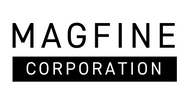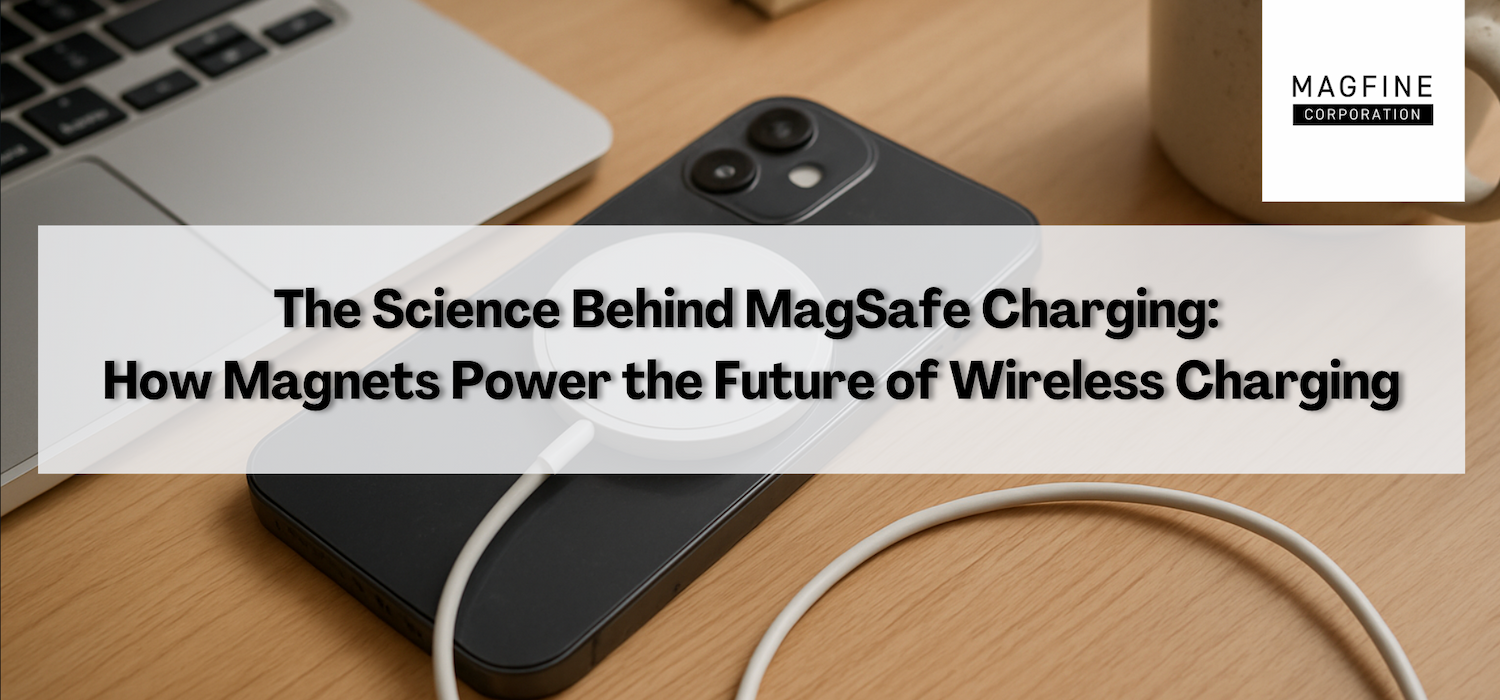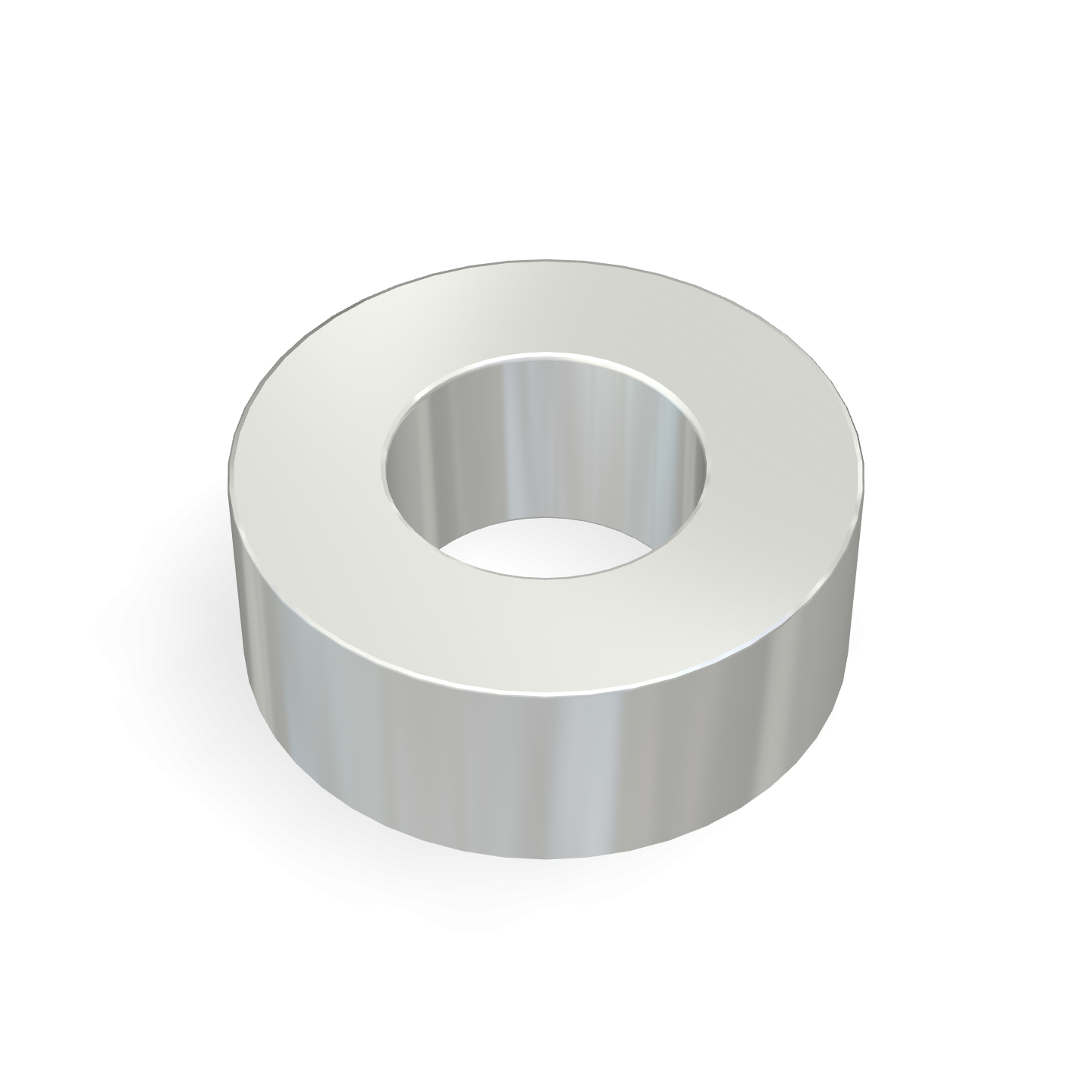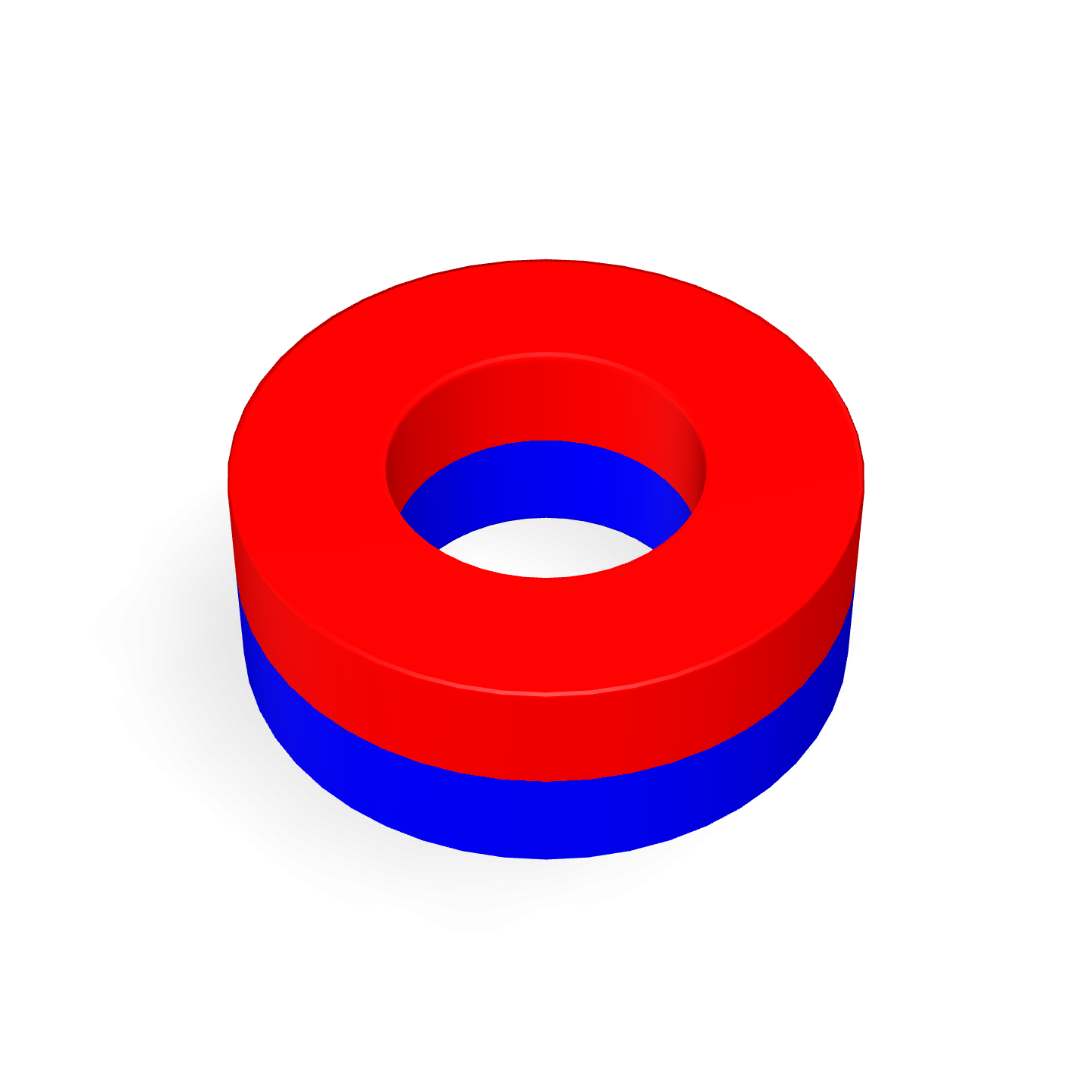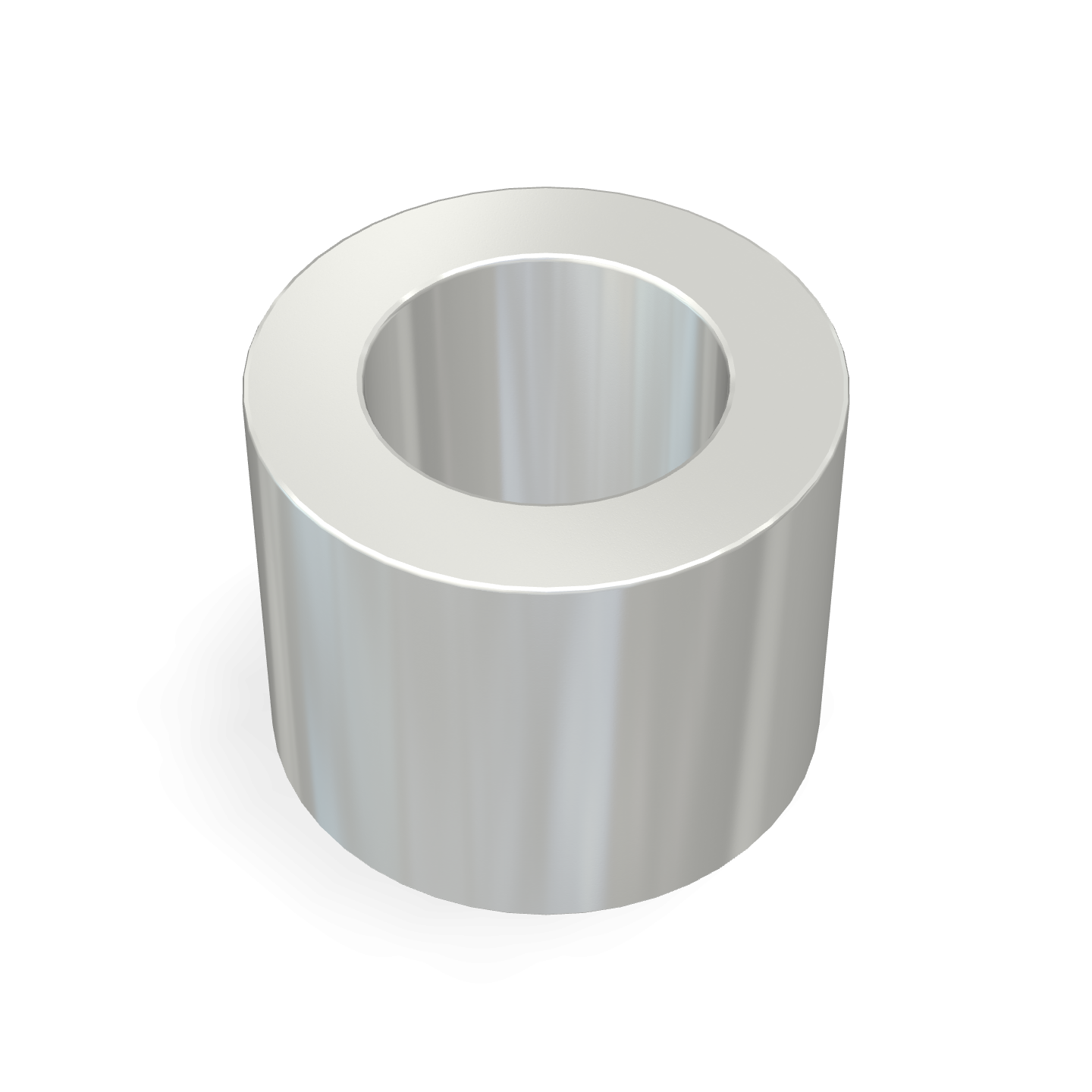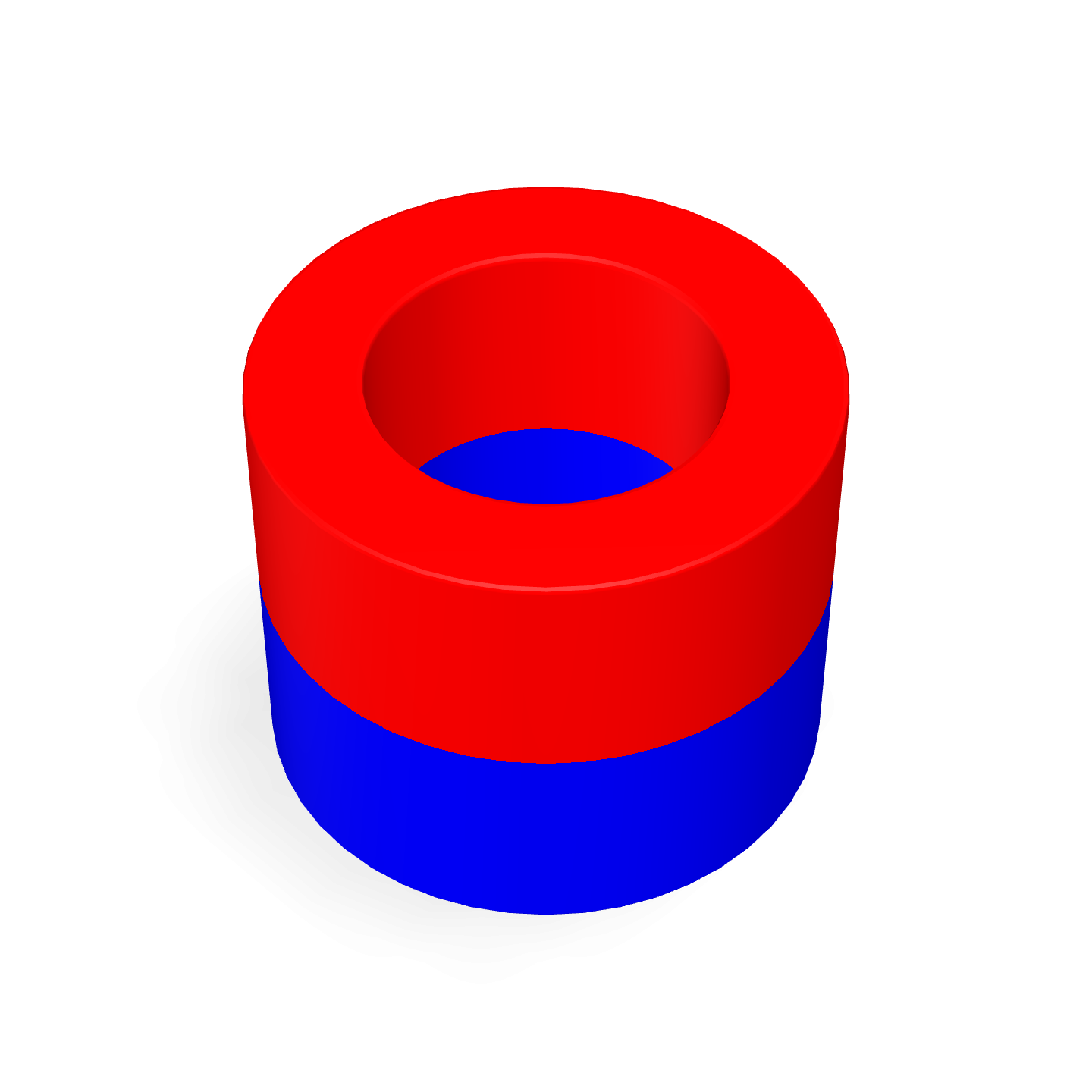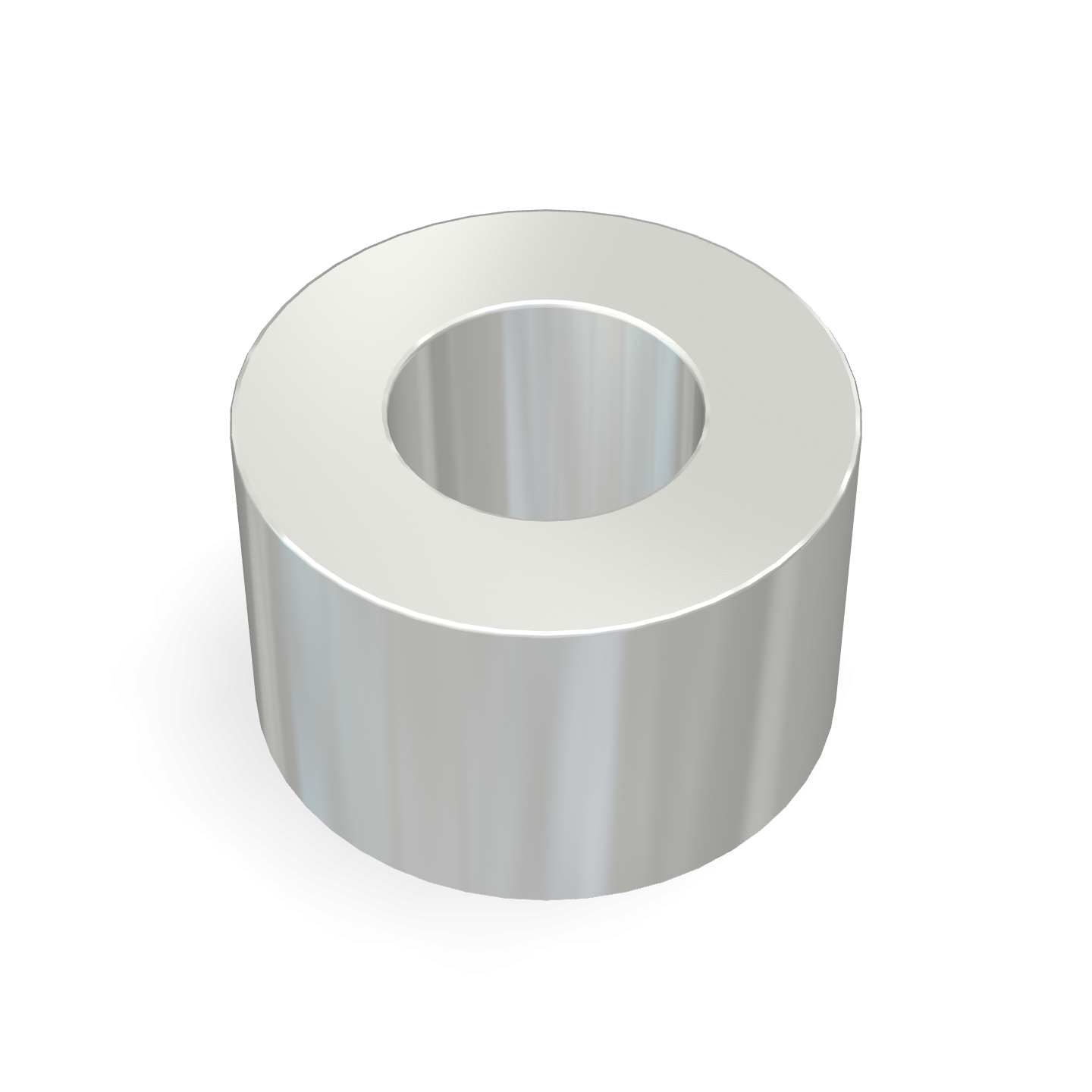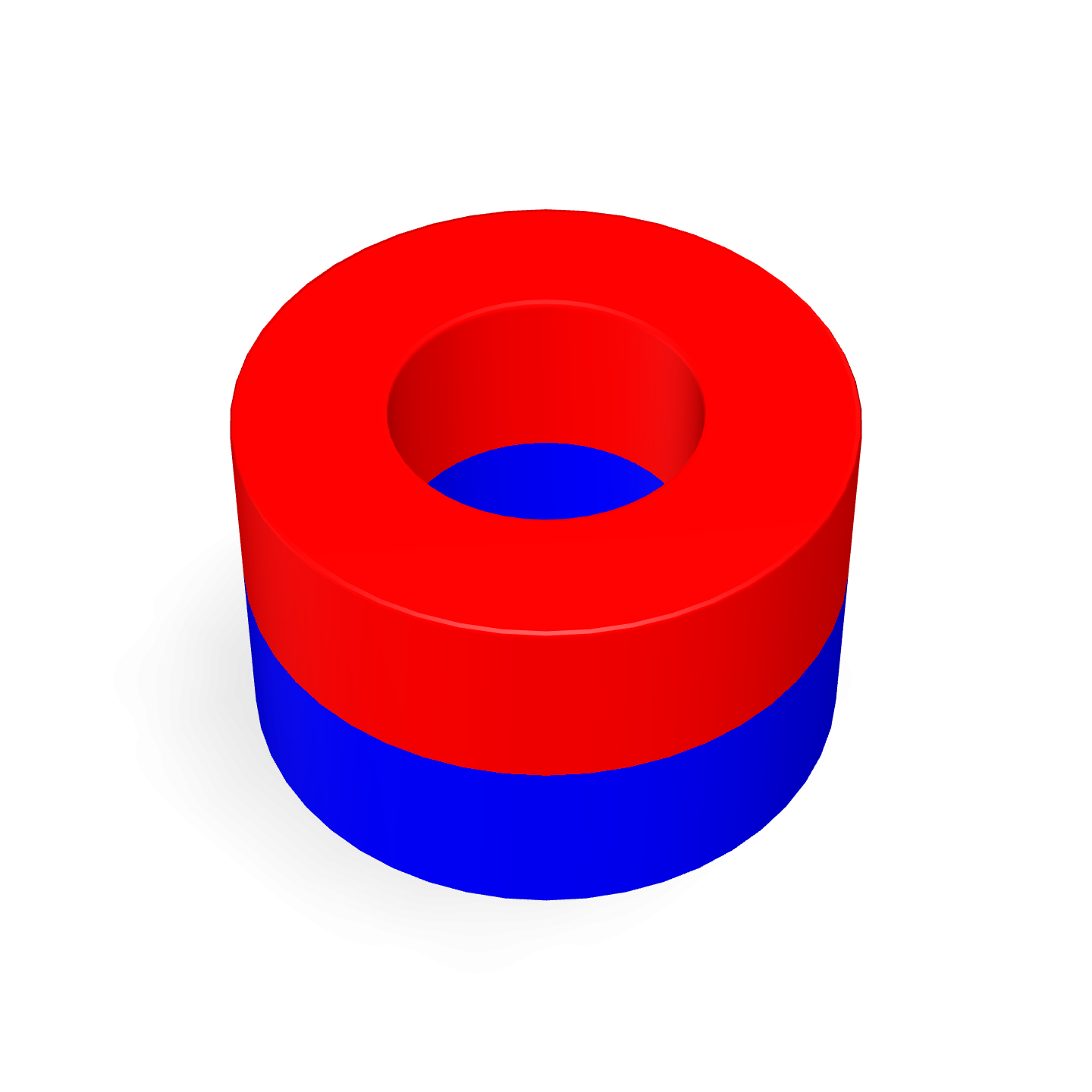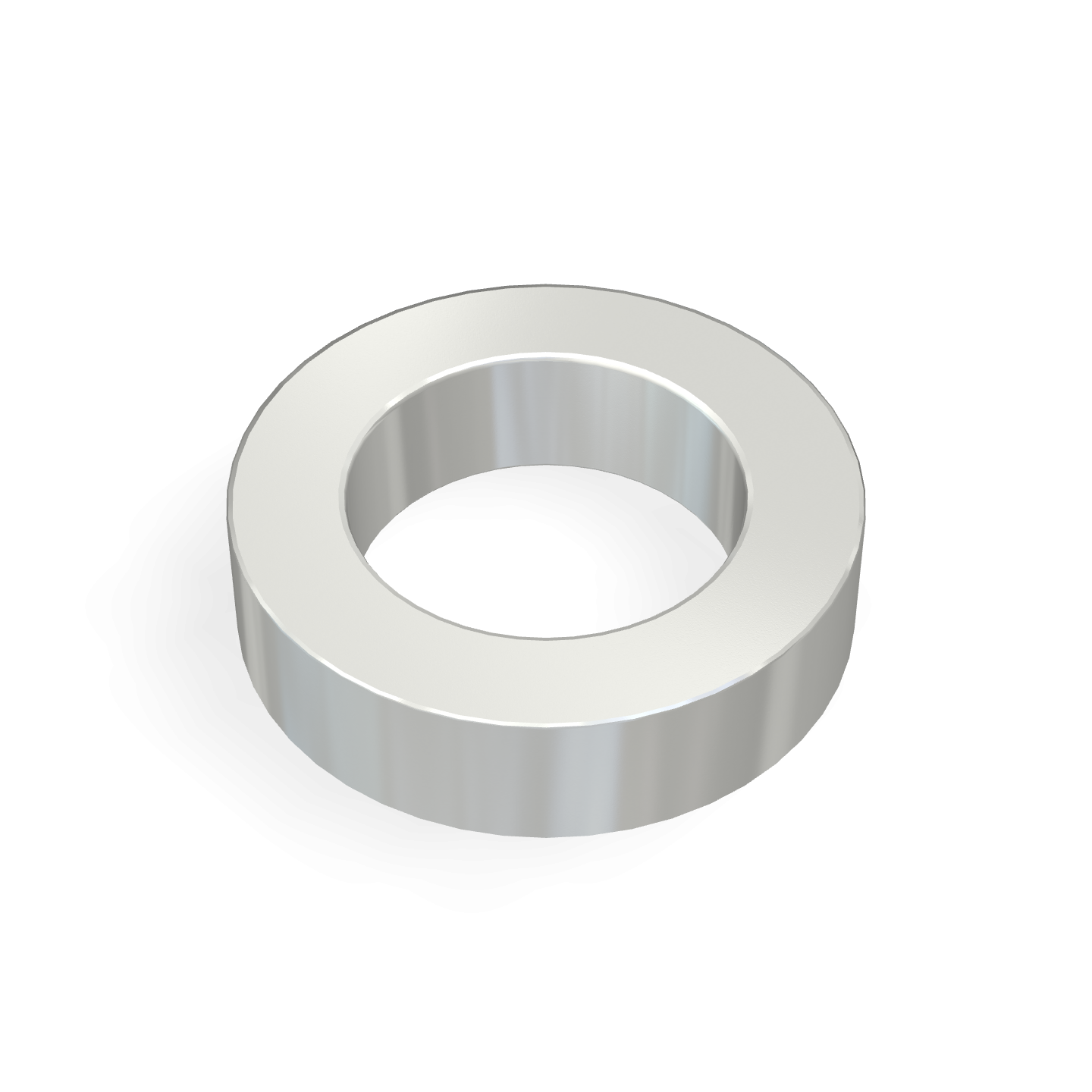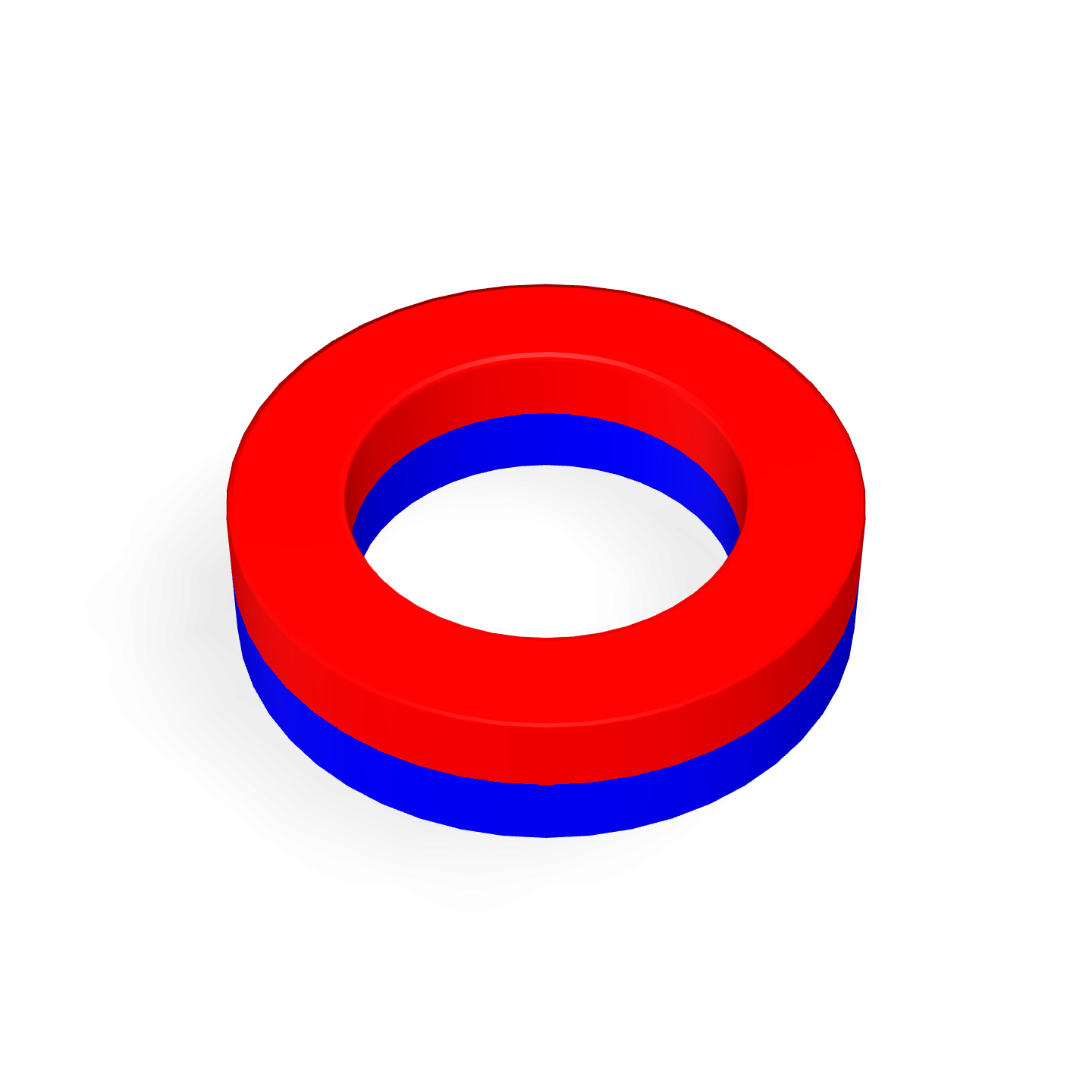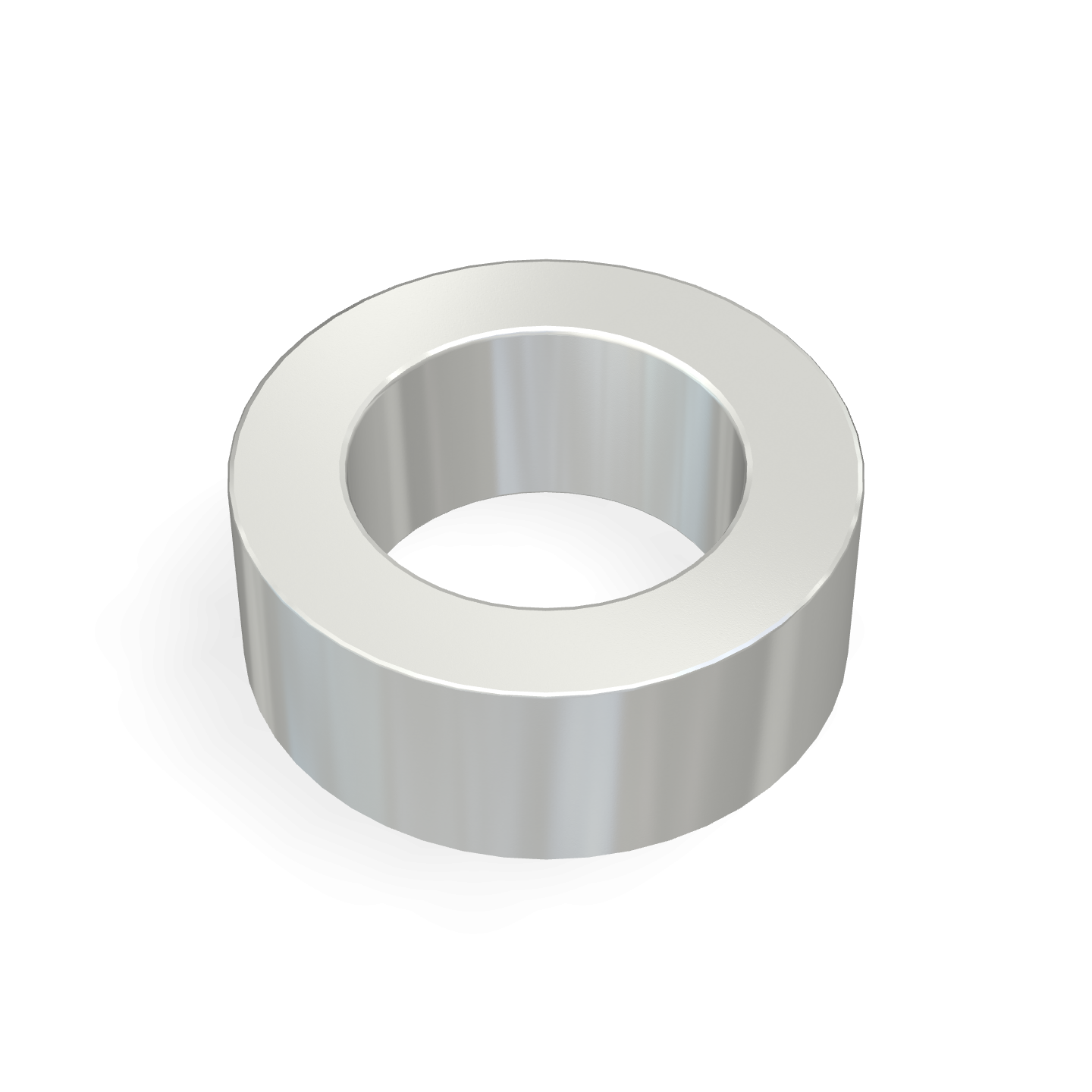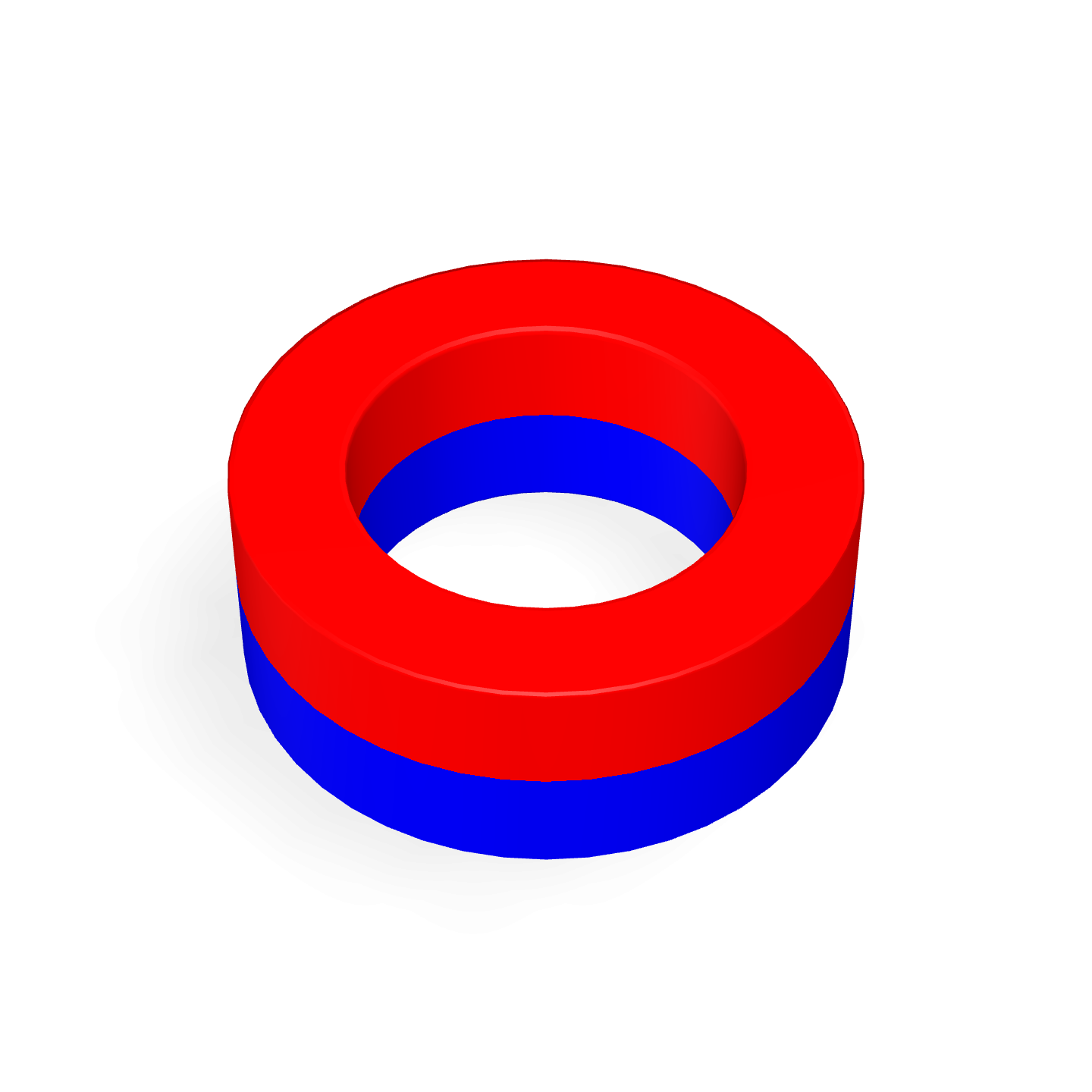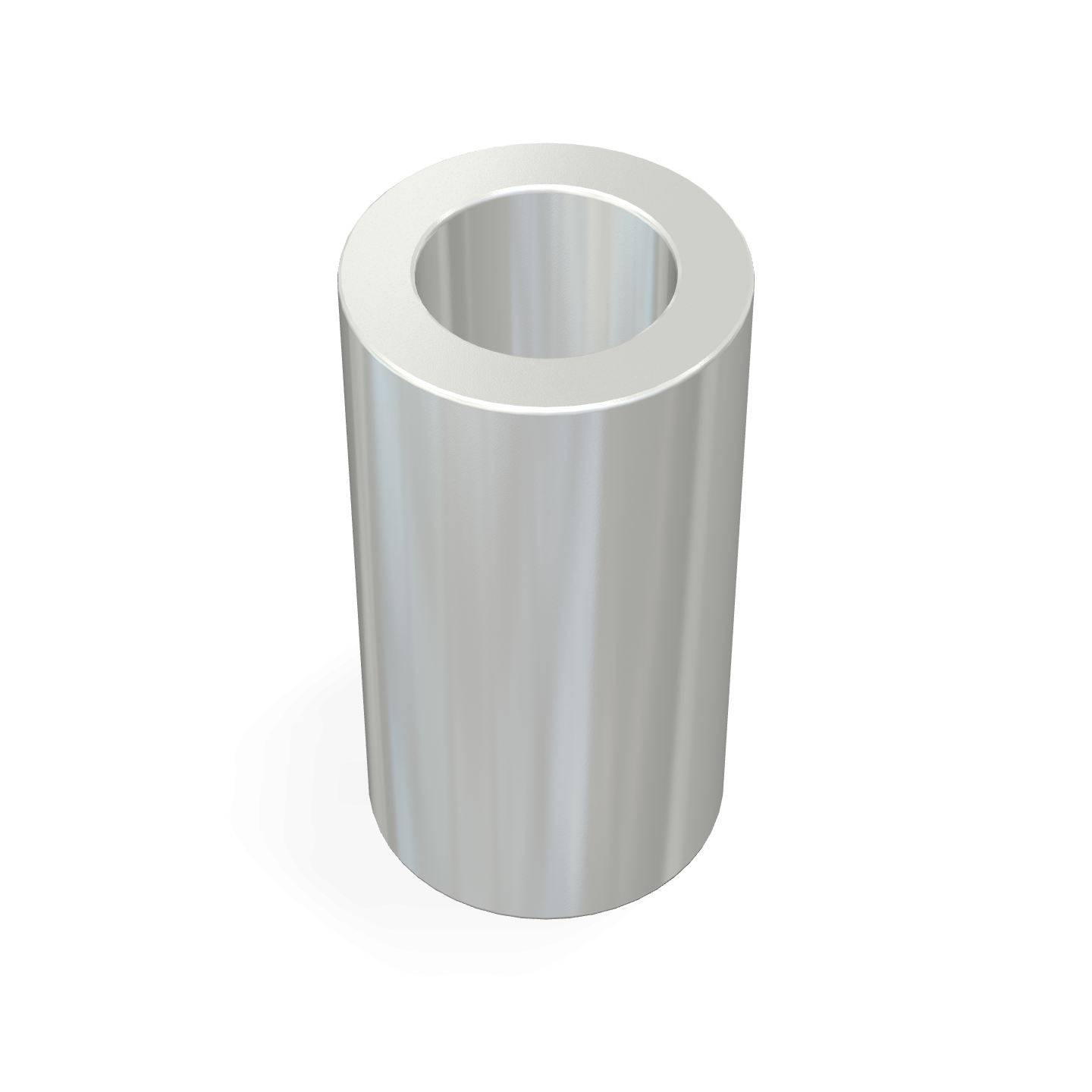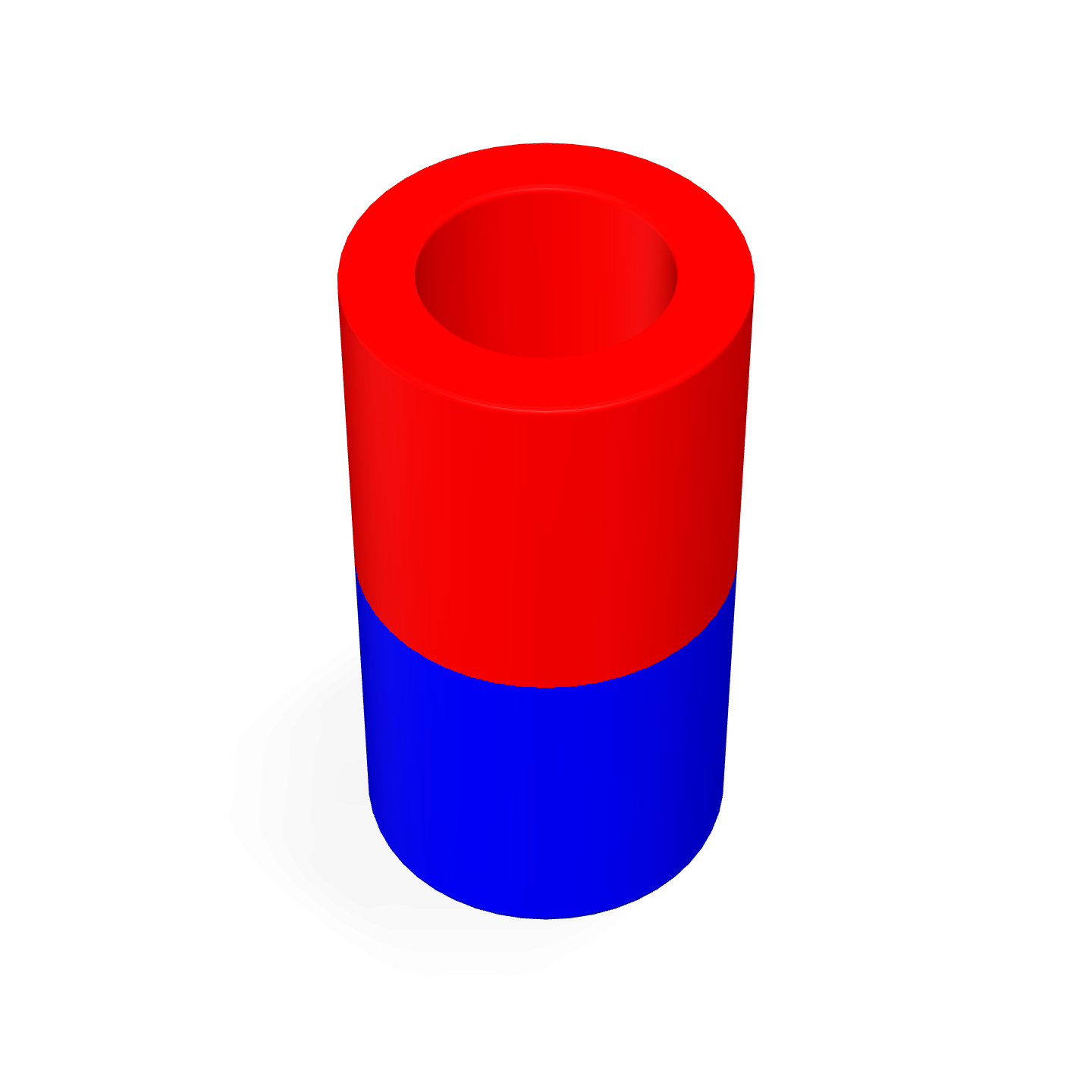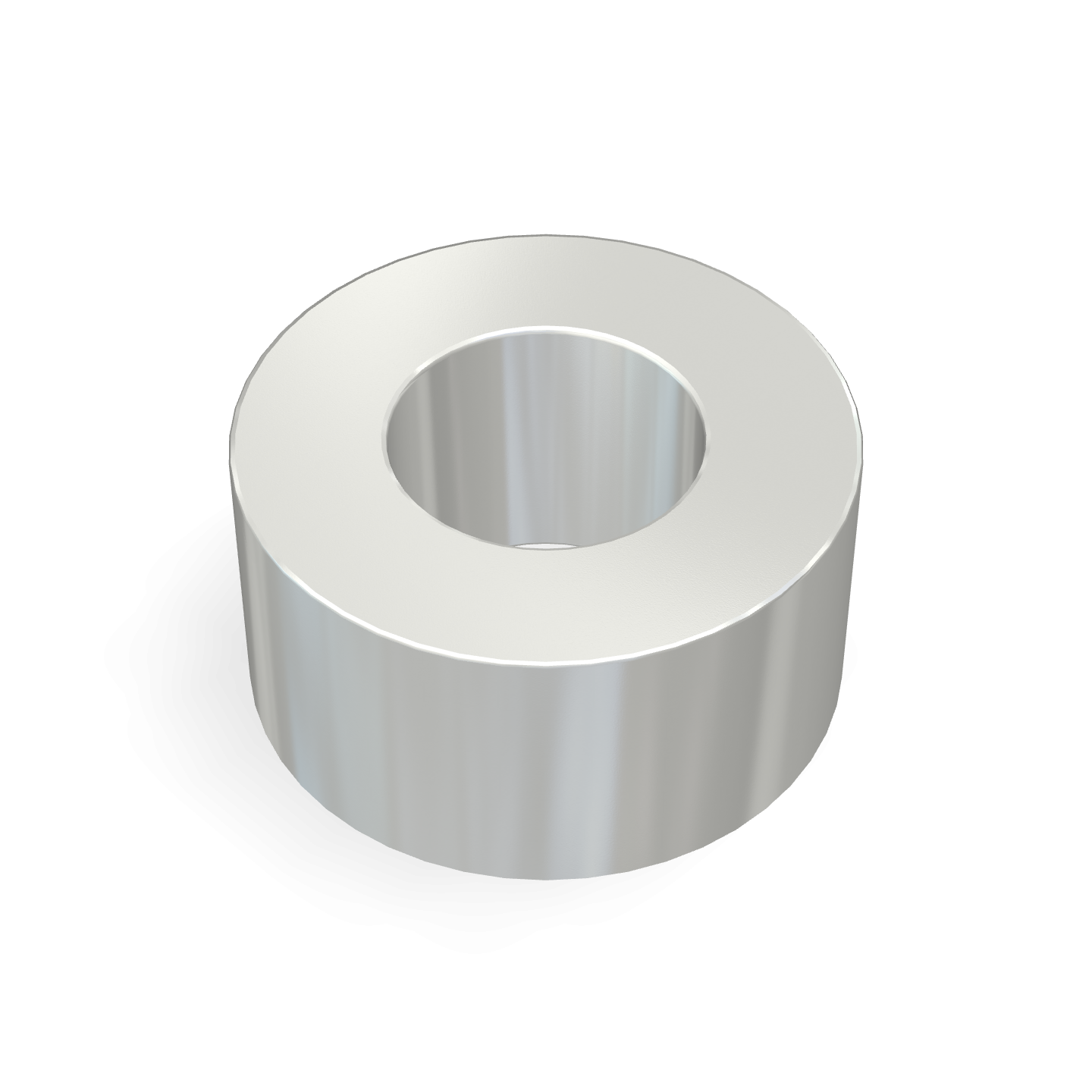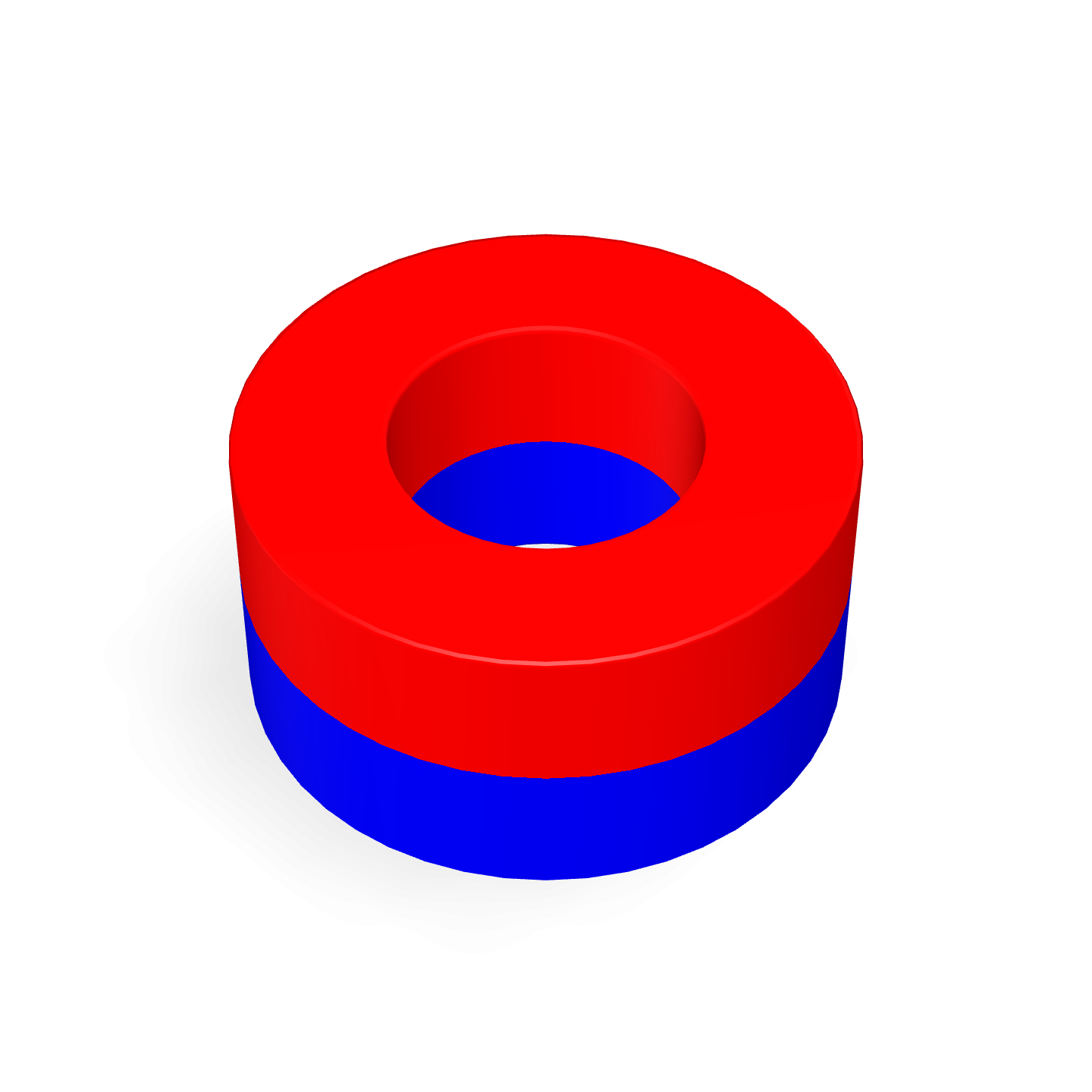La science derrière la charge MagSafe : comment les aimants propulsent l'avenir de la charge sans fil
Si vous avez déjà utilisé un iPhone récent ou consulté des accessoires Apple, vous avez probablement entendu parler de la charge MagSafe . Ce qui semble magique – votre téléphone se clipse parfaitement et se charge sans fil – est en réalité une combinaison d'aimants néodyme avancés et de systèmes de transfert d'énergie sans fil soigneusement conçus.
Dans cet article, nous explorerons la science et le mécanisme derrière la charge MagSafe, pourquoi les aimants sont au cœur de celle-ci et comment cette innovation se connecte au monde plus vaste des aimants industriels. Pour les entreprises et les particuliers canadiens souhaitant s'approvisionner en aimants, Magfine demeure l'un des fournisseurs d' aimants les plus fiables au Canada . En comprenant le fonctionnement interne de MagSafe, vous comprendrez également le rôle futur des aimants dans les technologies grand public et industrielles.
Qu'est-ce que la charge MagSafe exactement ?
À la base, la charge MagSafe repose sur le système d'alignement magnétique d'Apple, intégré à l'iPhone (à partir de la série iPhone 12). Il associe des bobines de charge sans fil à un réseau précis d'aimants puissants qui positionnent automatiquement l'appareil dans la position optimale sur un socle de charge. Cela élimine l'un des principaux problèmes des anciens chargeurs sans fil : le mauvais alignement.
Les aimants assurent un transfert efficace de l'énergie du socle de charge à la bobine interne de l'appareil grâce à un principe appelé induction électromagnétique . Sans un alignement correct, le transfert est moins efficace, génère plus de chaleur et charge plus lentement. C'est pourquoi les aimants, et plus particulièrement les aimants en néodyme, sont indispensables. — sont critiques.
La science de la charge sans fil : l'induction électromagnétique
Pour bien comprendre MagSafe, il est essentiel de comprendre l'induction électromagnétique . Ce principe est le même que celui qui alimente les brosses à dents électriques, les systèmes de paiement sans contact et même les plaques de cuisson à induction.
- Lorsqu'un courant alternatif (CA) traverse une bobine de fil dans le chargeur, il génère un champ magnétique variable.
- Ce champ induit un courant dans une bobine correspondante située dans l’iPhone.
- Le courant induit est ensuite redressé et stocké dans la batterie du téléphone.
L'efficacité de ce transfert dépend de l'alignement des deux bobines. Même un léger désalignement peut réduire considérablement l'efficacité ; c'est là que les réseaux d'aimants jouent un rôle crucial.
Pourquoi les aimants en néodyme sont au cœur de MagSafe
Les aimants en néodyme sont les aimants permanents les plus puissants actuellement disponibles. Leur capacité à maintenir des champs magnétiques puissants tout en restant compacts les rend idéaux pour des applications comme MagSafe, où l'espace est limité mais les performances sont essentielles.
Les ingénieurs d'Apple ont conçu un ensemble parfaitement circulaire d' aimants en néodyme à l'intérieur de l'iPhone. Cela crée un champ magnétique uniforme et précis qui attire l'appareil à l'endroit précis requis pour une efficacité de charge maximale.
Le saviez-vous ? Sans ces puissants aimants en néodyme, MagSafe ne fonctionnerait pas aussi efficacement. Les aimants traditionnels n'offrent pas le rapport résistance/taille nécessaire pour des appareils grand public aussi compacts.
Le mécanisme : processus de charge MagSafe étape par étape
- Le chargeur génère un champ magnétique à travers sa bobine.
- Le réseau d'aimants en néodyme de l'iPhone l'aligne avec la bobine du chargeur.
- Le champ magnétique induit du courant dans la bobine de l'iPhone.
- Le courant induit est converti en électricité utilisable et stocké dans la batterie.
- Le support magnétique maintient le téléphone stable, même lorsqu'il est utilisé pendant la charge.
Applications au-delà des iPhones : un avenir plus vaste
Si MagSafe est particulièrement connu dans l'écosystème iPhone, ses principes sous-jacents ne sont pas propres à Apple. En effet, des industries du monde entier explorent l'alignement magnétique pour le transfert d'énergie sans fil. Des aimants industriels utilisés dans l'automatisation industrielle aux applications médicales où l'énergie sans fil évite les risques de contamination, l'utilisation d'un positionnement magnétique précis connaît un essor rapide.
Chez Magfine.ca Nous constatons un intérêt croissant de la part des innovateurs canadiens souhaitant reproduire des systèmes d'alignement similaires pour leurs propres technologies. Au Canada, les aimants constituent donc non seulement un besoin industriel, mais aussi un moteur d'innovation technologique grand public.
Comment Magfine soutient l'innovation au Canada
Magfine est spécialisé dans la fourniture d'une large gamme d' aimants en néodyme et des aimants industriels pour des entreprises partout au Canada. Que vous soyez un concepteur de produits expérimentant la recharge sans fil ou un ingénieur en systèmes d'automatisation de bâtiments, nos matériaux vous aident à concrétiser vos concepts.
Contrairement aux fournisseurs de produits de base généraux, nous fournissons des certifications de matériaux détaillées, des dimensions personnalisées et une expertise technique, garantissant ainsi que vos projets bénéficient d'aimants optimisés pour les performances et la sécurité.
SEO Insight : Pourquoi écrire sur MagSafe sur le blog d'un fournisseur d'aimants ?
Vous vous demandez peut-être pourquoi un fournisseur d'aimants consacrerait un article entier à MagSafe ? La réponse réside dans la sensibilisation et la visibilité. Lorsque les clients recherchent des aimants au Canada ou des aimants en néodyme , ils ne recherchent pas seulement des produits, ils recherchent aussi des connaissances. En créant des ressources originales et approfondies comme celle-ci, Magfine s'assure que les amateurs comme les professionnels se tournent vers nous comme une source fiable.
Défis et limites de MagSafe
Malgré son succès, MagSafe présente des défis. L'accumulation de chaleur, la vitesse de charge limitée par rapport aux connexions filaires et le coût des accessoires restent préoccupants. Cependant, avec l'évolution continue de la technologie magnétique, notamment grâce aux progrès des revêtements pour une durabilité accrue et à la miniaturisation des réseaux magnétiques, nous anticipons des solutions plus performantes dans un avenir proche.
Regard vers l'avenir : l'avenir magnétique
MagSafe n'est qu'un exemple parmi d'autres de la façon dont les aimants allient praticité et technologie. Des gadgets grand public aux applications industrielles, la demande d'aimants précis, fiables et compacts ne cesse de croître. Chez Magfine, nous sommes convaincus que les aimants resteront au cœur de l'innovation, non seulement pour les systèmes de charge, mais aussi dans des domaines émergents comme les énergies renouvelables, les technologies médicales et les écosystèmes de la maison connectée.
Questions-réponses : Tout ce que vous devez savoir sur MagSafe et les aimants
R : MagSafe utilise des aimants en néodyme haute résistance disposés en réseau circulaire pour un alignement précis.
R : Techniquement, la charge sans fil peut fonctionner sans aimant, mais l'alignement est inefficace. Les aimants garantissent une vitesse et une régularité de charge maximales.
R : Les aimants en néodyme offrent le rapport résistance/taille le plus élevé, ce qui les rend idéaux pour l'électronique grand public compacte.
R : Vous pouvez explorer une gamme complète d’ aimants au Canada directement via Magfine.ca, y compris des options en néodyme industrielles et personnalisées.
R : Oui. Nous prévoyons que l'alignement magnétique s'étendra aux ordinateurs portables, aux objets connectés et même aux systèmes automobiles pour une recharge sans fil plus fiable.
Pour plus d'informations sur les aimants, les applications et les solutions d'approvisionnement personnalisées, visitez notre blog Magfine Canada . Découvrez comment le bon aimant industriel peut alimenter votre prochaine innovation.
